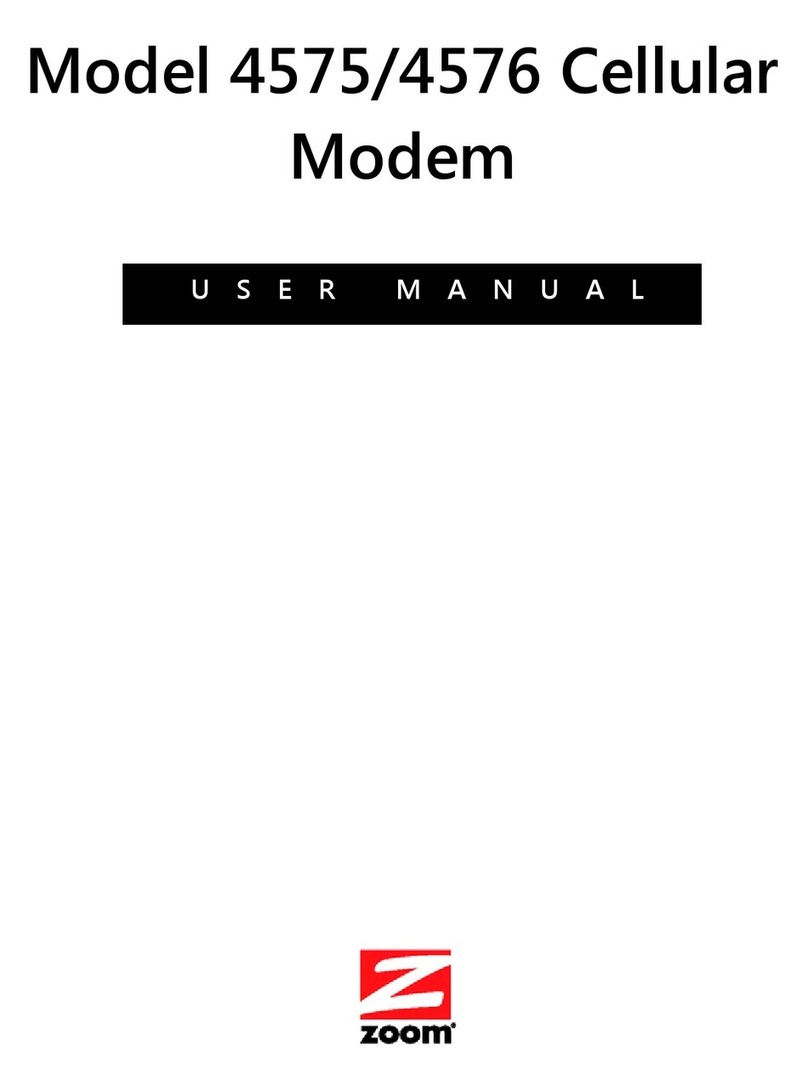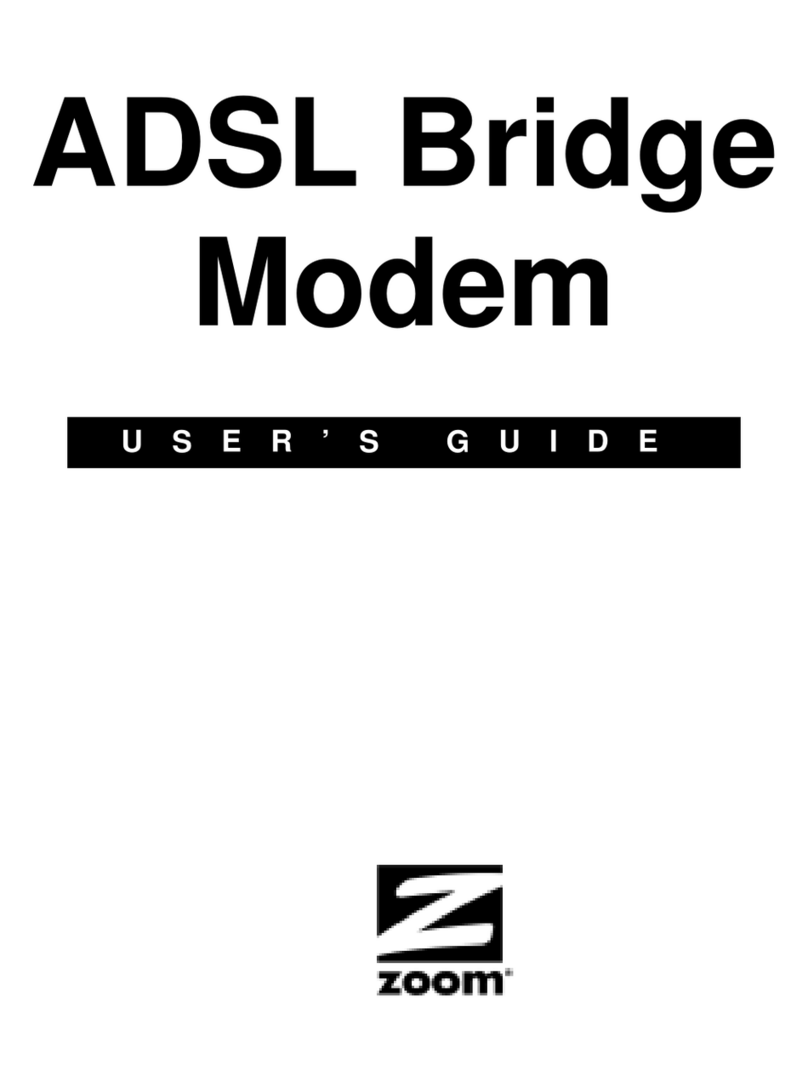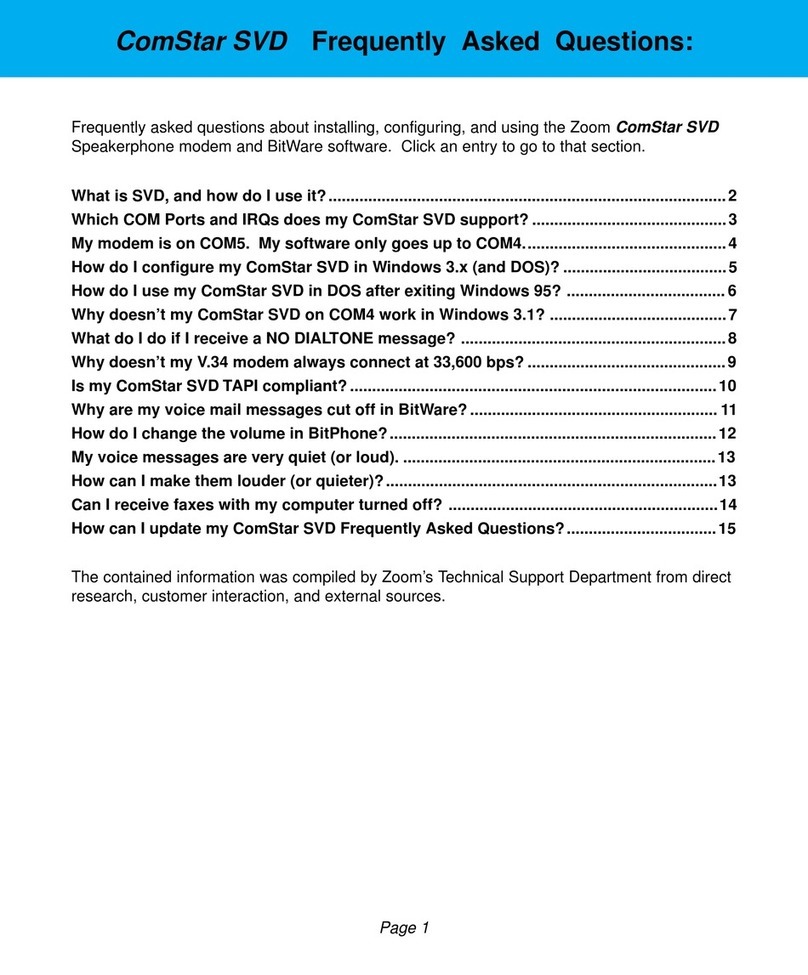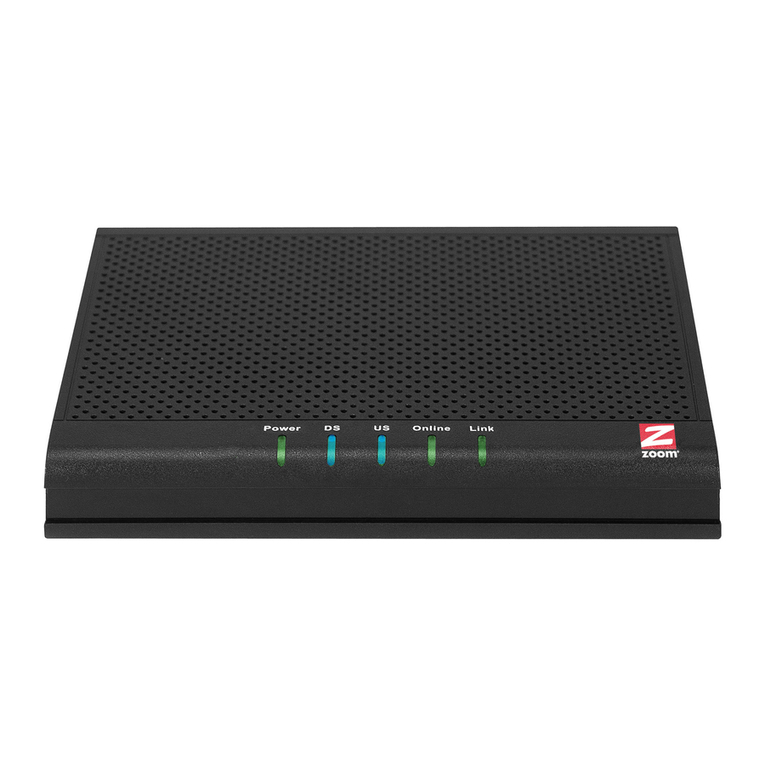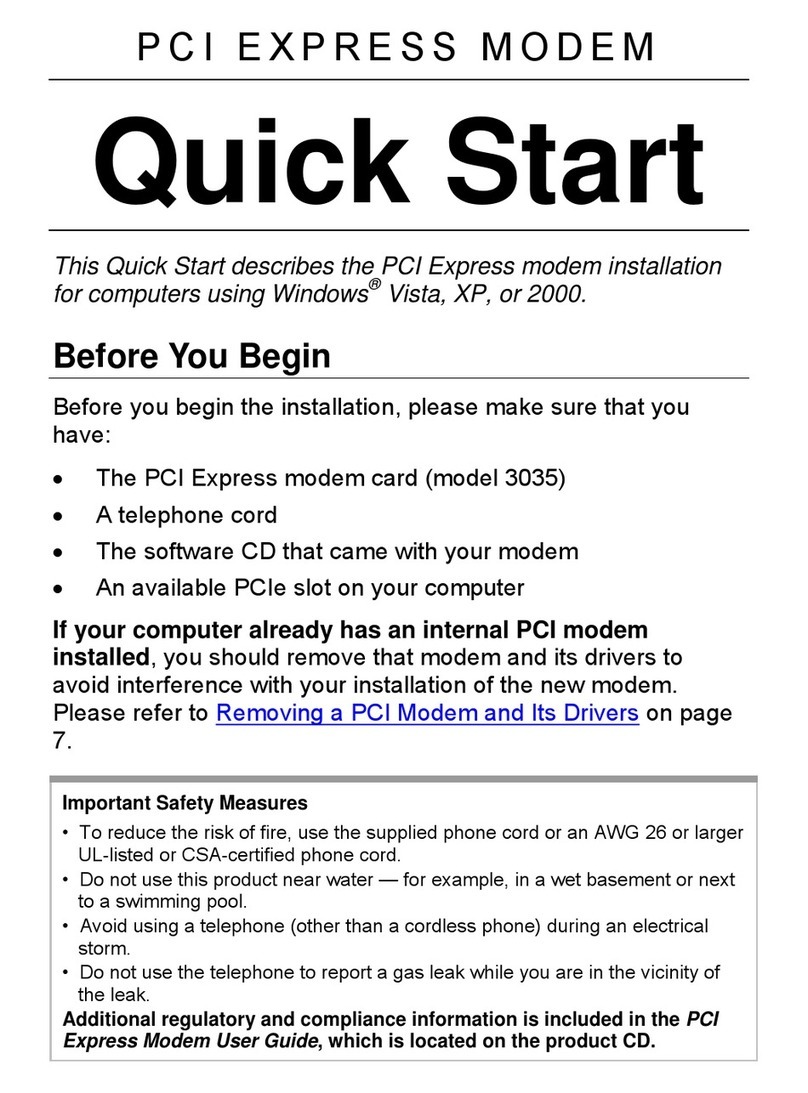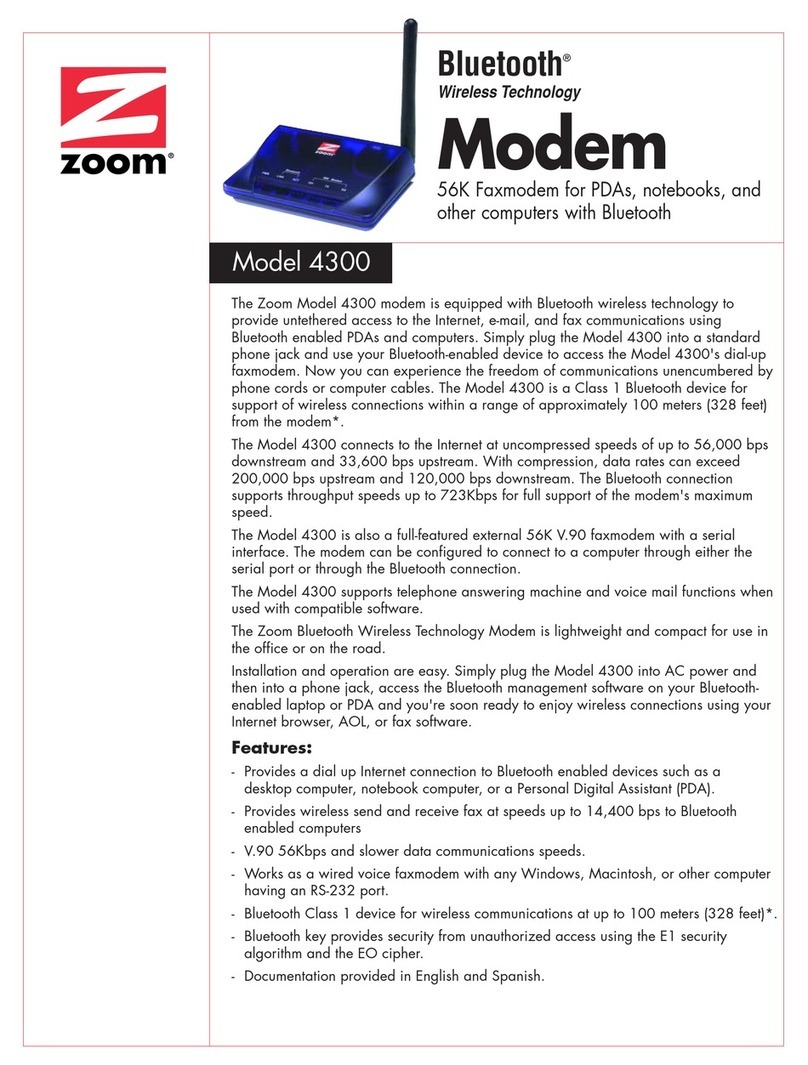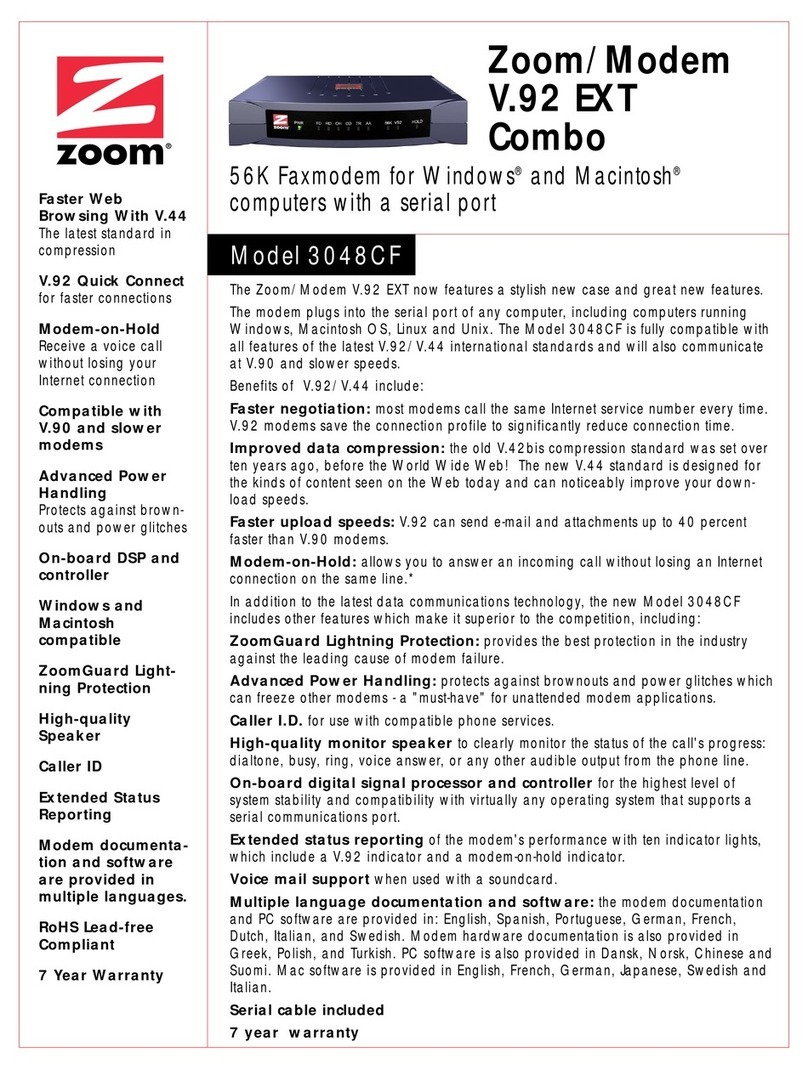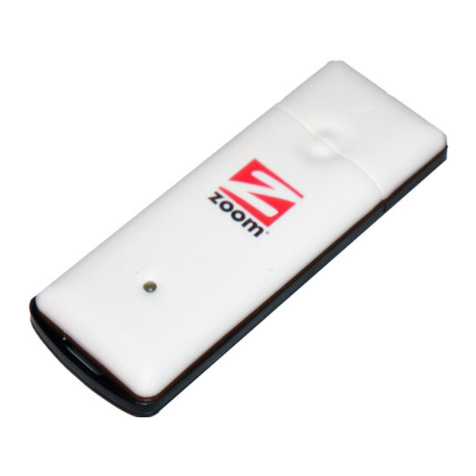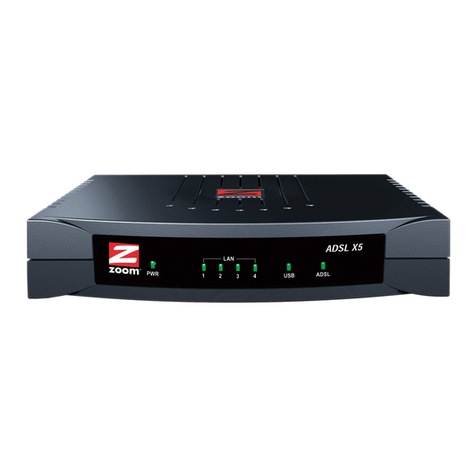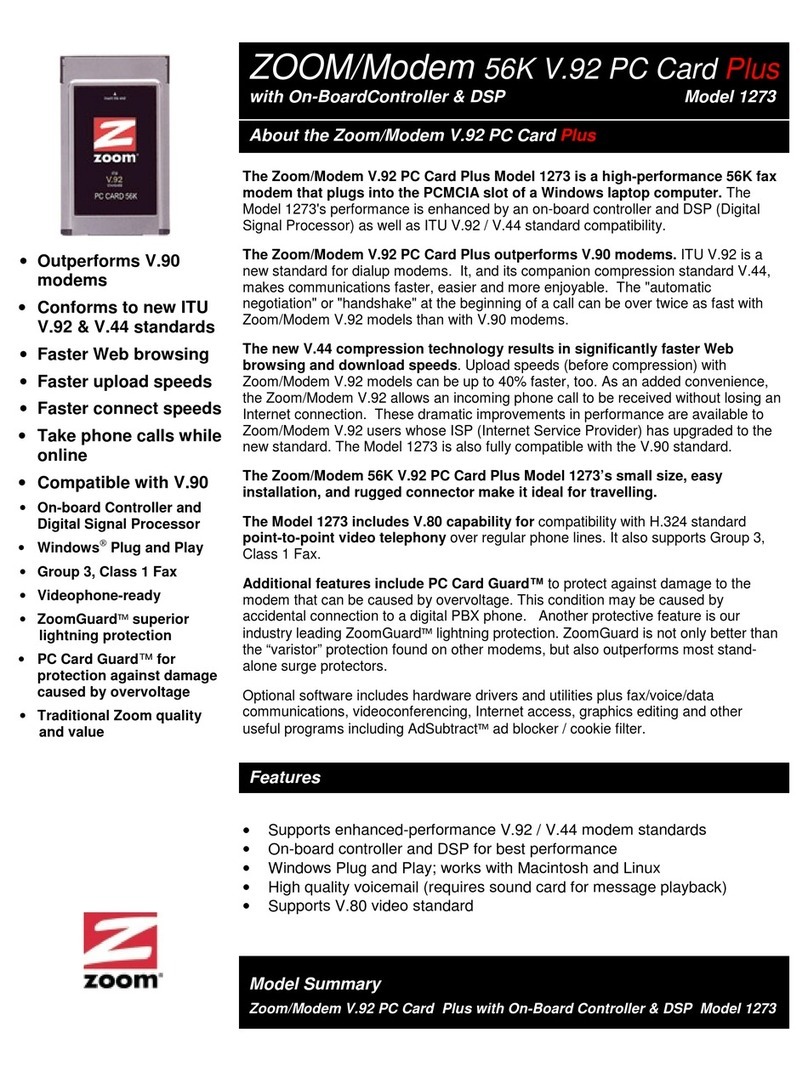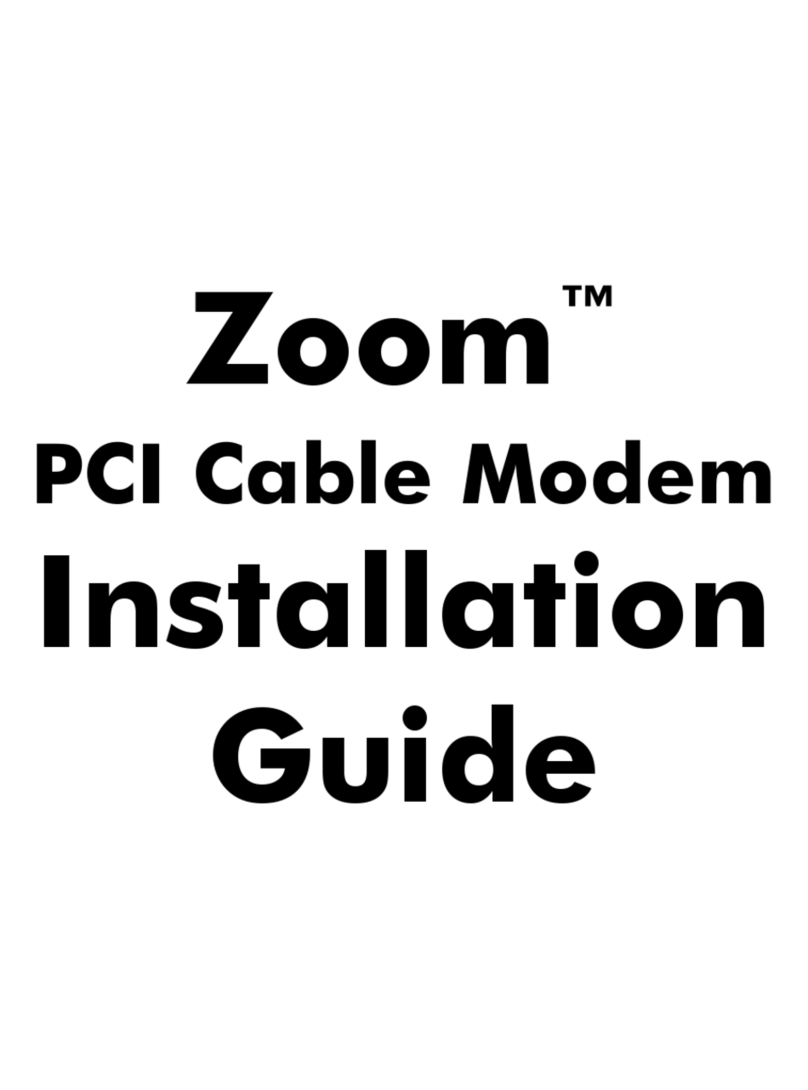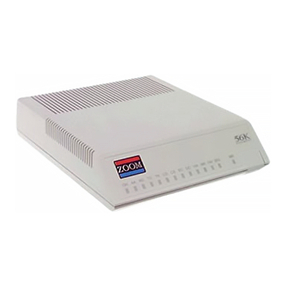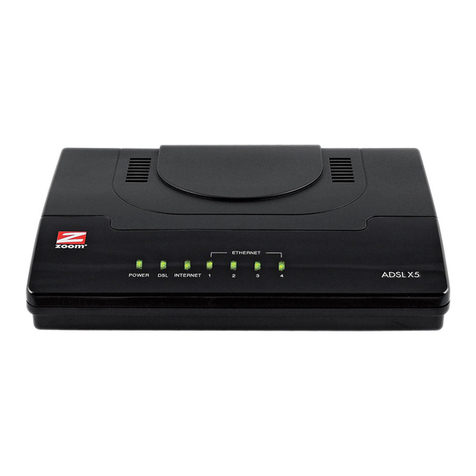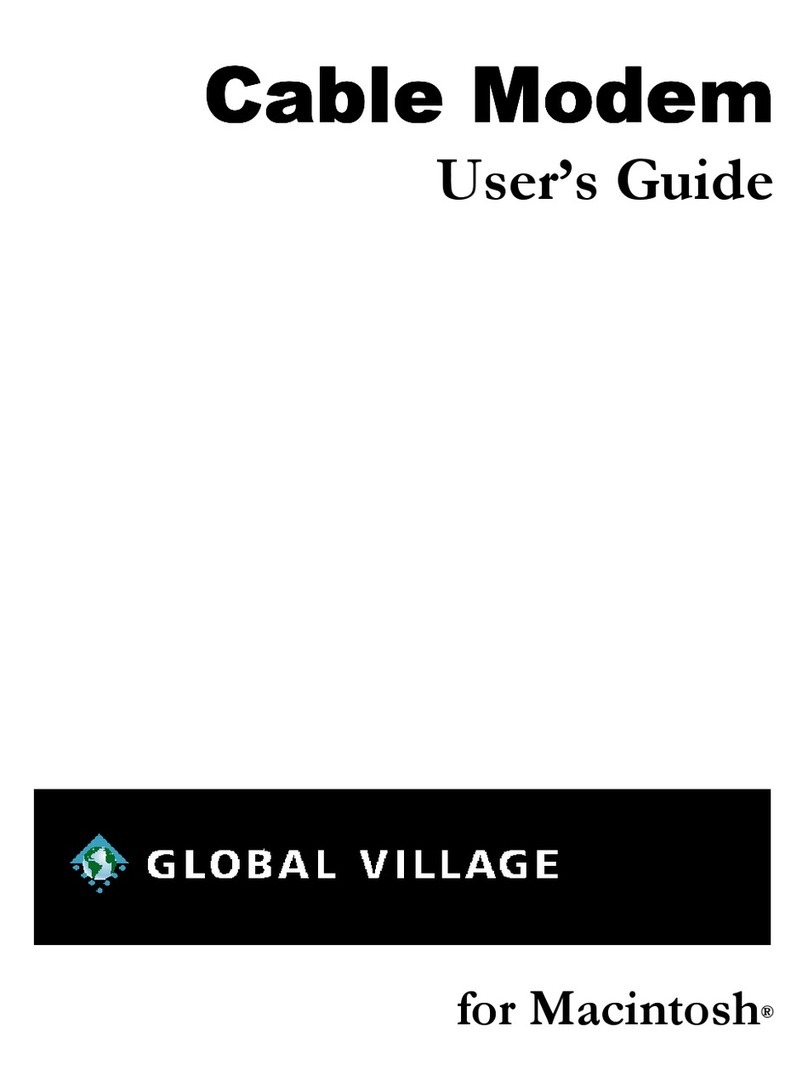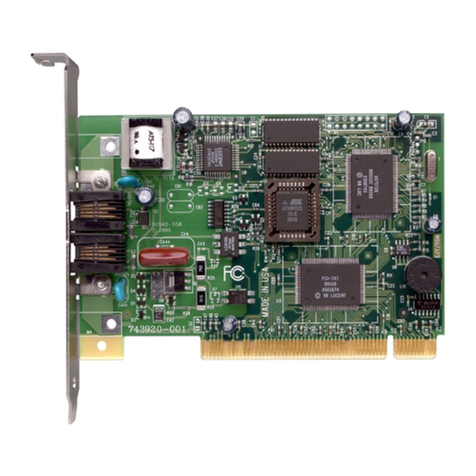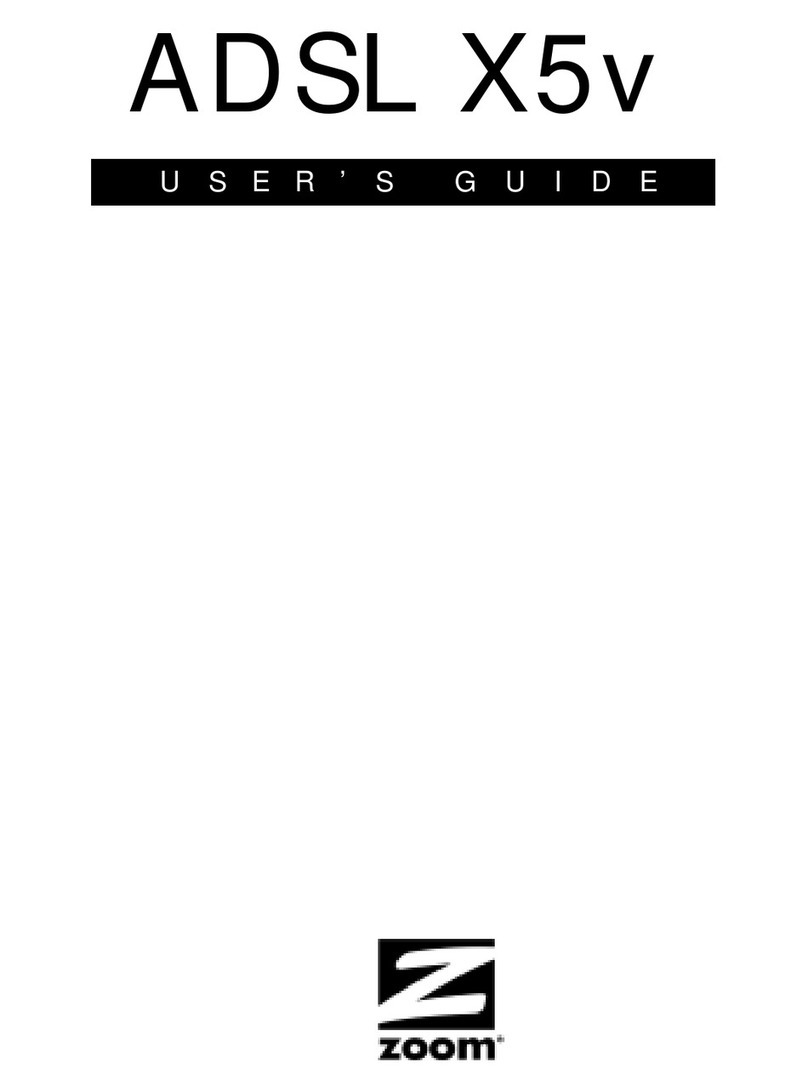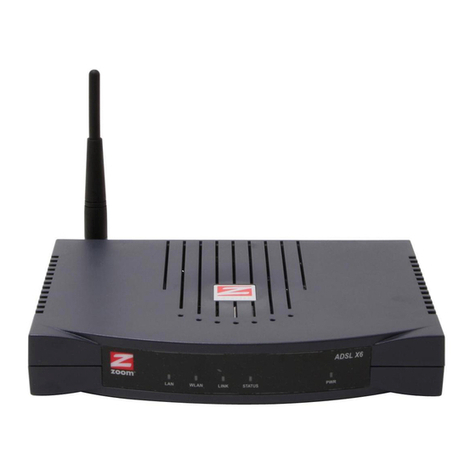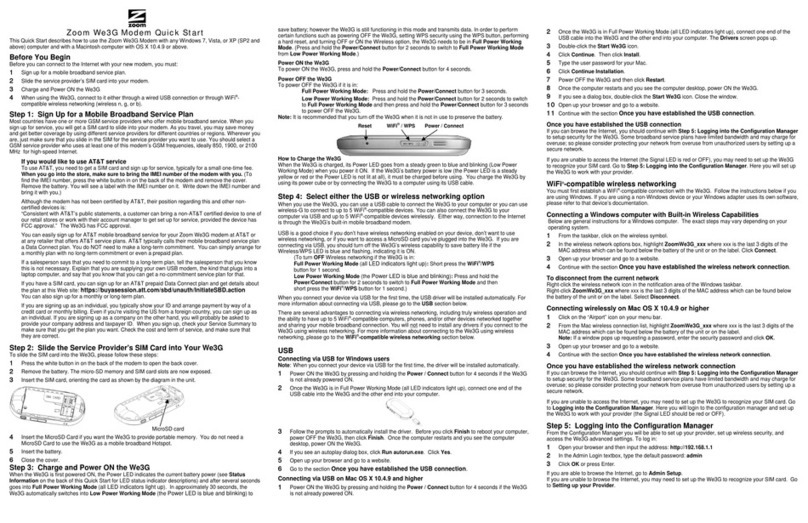
Windows 8 / Windows 7 / Vista: If a Windows driver installation message appears, select Locate and install. If the User Account Control
essage appears, click Continue.
m
Windows XP: If the Found New Hardware... window opens, select Install the software automatically, click Next, and follow the prompts.
If a Windows logo test failure message appears, click Continue Anyway. If the Completing the Found New Hardware Wizard screen
ppears, click Finish
a
Windows 2000: If a Digital Signature message appears, you can safely ignore it and click Yes.
6Connect the supplied phone cord to the phone jack on the modem. Plug the other end of the cord into the telephone wall jack just as you
would to plug in a telephone.
7Windows 8: Move the mouse to the lower right hand of the screen until the Charm bar appears and then select Settings > Control Panel >
Phone and Modem.
Note: If you do not see Phone and Modem in the Control Panel window, change the View by: field from Category to Small icons or Large
icons in the drop down box.
Windows 7: Select Start > Control Panel > Phone and Modem.
Note: If you do not see Phone and Modem in the Control Panel window, change the View by: field from Category to Small icons or Large
i
cons in the drop down box.
W
indows Vista: Select Start > Control Panel > Printers and Other Hardware > Phone and Modem Options.
Windows XP and 2000: Select Start >Settings > Control Panel > Phone and Modem Options.
8If prompted, enter your Location information, then click the Modems tab.
9On the Modems page, select the installed USB modem, then click the Properties button.
10 On the USB Modem Properties page (for Windows 8 or Windows 7, click on the Modem tab), verify that the Maximum Port Speed is set to
115,200, then click the Diagnostics tab.
11 On the Diagnostics page, click Query Modem. You will see a list of AT commands and responses, indicating that your modem is properly
connected.
12 Click OK to close the Diagnostics page.
13 On the Phone and Modem Options page, click OK to exit.
That's it! Your modem installation is complete.
Important! If your PC already had a modem installed, you must redirect your application software so that it recognizes your new modem. In that
case, please go to Changing your Existing Connection below. If you PC did not already have a modem installed, go to Creating a New Dial
Up Connection.
Changing your Existing Connection
O
nly read this section if your PC already had a modem before you installed your new modem.
• Windows 8 users: Move the mouse to the lower right hand of the screen until the Charm bar appears then select Settings > Control Panel >
Network and Sharing Center > Change adapter settings. (Note: You need to select small icons or large icons view in Control Panel to select
Network and Sharing Center.) Select the connection, then right-click Properties. In the Connect using box make sure that your new USB
modem is selected.
• Windows 7 users: Select Start > Control Panel > Network and Sharing Center > Change adapter settings. (Note: You need to select small
icons or large icons view in Control Panel to select Network and Sharing Center.) Select the connection, then right-click Properties. In the
onnect using box make sure that your new USB modem is selected.
C
• Windows Vista users: Select Start > Control Panel > Network and Sharing Center > Manage Network Connections >Dial-up Connection.
elect the connection and right-click on Properties. Select the new USB modem in the Connect using box.
S
• Windows XP and 2000 users: Select Start > Settings > Control Panel > Network Connections > Dial-up Connection. Select the connection
and right-click on Properties. Select the new USB modem in the Connect using box.
•America Online 9.0 users: On the AOL Sign on screen, click the Connect Options button. On the Connect Options screen, select Advanced
Settings. On the Advanced Settings screen, click the Modems tab, select the new USB modem from the list, and click Close to exit.
Creating a New Dial-Up Connection
If you already changed your existing dial-up connection to use your USB modem than the following section does not apply to you. If you have
never used dial-up networking to access the web on your computer follow the steps below:
Windows 8, Windows 7, and Vista Users:
1Get to the Setup a Connection or Network Wizard.
Windows 8: Move the mouse to the lower right hand of the screen until the Char bar appears and then select Settings > Control Panel >
Network and Sharing Center > Set up a new connection or network.
Note: If you do not see Network and Sharing Center in the Control Panel window, change the View by: field from Category to Small icons
or Large icons in the drop down box.
Windows 7: Select Start > Control Panel > Network and Sharing Center > Set up a new connection or network.
Note: If you do not see Network and Sharing Center in the Control Panel window, change the View by: field from Category to Small icons
or Large icons in the drop down box.
Windows Vista: Select Start > Connect To > Setup a connection or network
2Select Connect to the Internet and then click Next.
3Click on Dial-up.
4Enter the Phone Number, User Name, and Password provided by your Internet Service Provider.
5Click Connect to connect to the Internet.
Windows XP
1Click Start > Control Panel > Network and Internet Connections > Create a Connection to the Network at your Office.
2The New Connection Wizard should start. Select Dial-up then click Next.
3Type a name for the network to which you are connecting and then click Next.
4Type the phone number provided to you by your ISP. You may want to select the Create a shortcut on your Desktop checkbox to easily
access your Internet connection.
5Click Finish.
